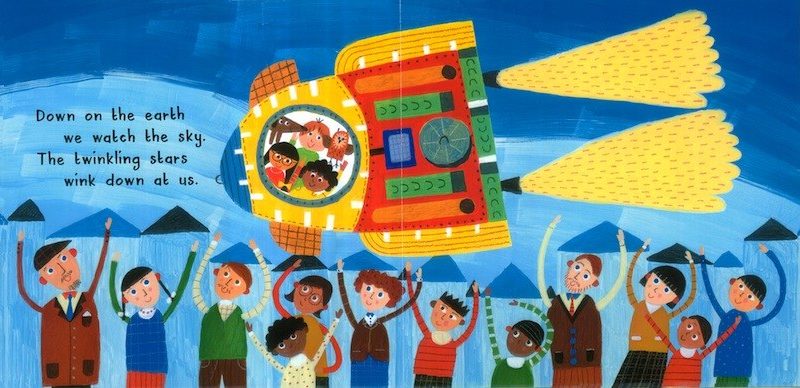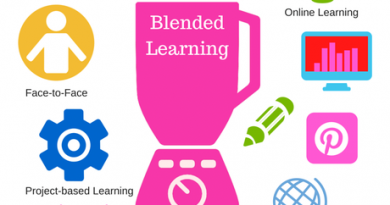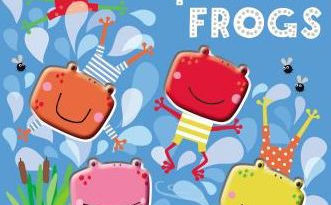Space song rocket ride. Resources in the digital era.
Space song rocket ride.
Source: https://www.youtube.com/watch?v=SAHy_2IFFGA
Follow us: https://www.facebook.com/OposicionesInglesRP/
More about Road to your Post: oposicionesingles.com
Text extracted from: Programación y Unidades Didácticas. Método de elaboración y Presentación oral.
3.5.3 Resources in the digital era.
If we bear in mind the ultimate FL teachers´ aim, the development of our students´ abilities to communicate in a FL in real-life scenarios, it seems reasonable to think that the materials and resources devised for the FL class should meet the needs of modern FL didactics; and therefore, be a valid medium to promote our students´ communicative competence.
One of the advantages of elaborating materials for the English class is that the amount of possibilities is almost limitless; the FL teacher may use a great deal of resources depending on his/her training,
involvement and imagination. In this light, the last few years have witnessed a technological and digital revolution, involving teachers in the management of digital tools and applications to create personalised material with an undeniable motivating power for our digital-native students.
In modern FLT approaches, the contribution of materials to promote language acquisition and development is notorious. In what follows, we present some ideas on how ELT materials facilitate the FLL process (adapted from Tomlinson, 2008):
They may provide a rich experience of different genres, text types, sociocultural knowledge and even be valid contextualisations to work on emotions, feelings and classroom management.
They help grasping children´s attention through the use of attractive and appealing illustration, design and layout.
There is a world of resources in the field of digital education to provide a rich and varied experience of language learning. This experience may even be a real linguistic interchange, as we shall see later on.
Especially digital materials and resources provide the bases for autonomous learning; and lead learners to discover by themselves, which as we know is a hallmark of the constructivist approach.
This technological shift has brought about a twofold role of the teacher as searcher and organiser of resources (i.e. a YouTube video-story or already designed digital resources in platforms like Kahoot, amongst many others); and the creative role of designer of personalised and contextualised materials that meet both the needs of our students and the demands of modern FLT.
An appropriate selection goes through reflection on the characteristics that effective teaching materials for the English area should have.
As Crawford (2002) points out, language is as it is because of the purpose we put to it. For this reason, materials must contextualise the language they present. Therefore, language should emerge from the context in which it occurs. In this sense, effective materials should:
Engage learners in purposeful use of the language, providing learners with reasons to do so,
be realistic and “authentic”, exposing students to varied models of the English language,
attract the students´ attention trough the power of images, sound and movement,
provide enough support and scaffold for students to understand and progress according to their own paces and learning styles.
On the other hand, the types of activities related to authentic materials are varied:
Activities focused on sociocultural aspects, which…
Text extracted from: Método de resolución de casos prácticos. Self-learning method.
…A notorious strategy that can be used in this practical case or in plenty of different ones is that we can always count on the possibility to deepen into certain aspects of the curriculum by means of the tasks. For instance, if we have just mentioned the relevant role of Digital Competence in this part of the paper (curricular connection), in the description of activities where children develop this competence, we may describe how some specific learning standards of an integrated didactic unit are in clear connection.
The following model can be seen as an example on how the same topic can be approached involving children in three different levels through the project-based learning approach (PBL) already used in other examples, since its versatility and engaging power for children is commonly acknowledged; and obviously because the PBL model is gaining momentum in or educational reality, even being identified as excellence in teaching practice along the regional curricula. Notwithstanding, this approach must be developed under the scope of communicative methodologies that foster real use of the FL in simulated real-life situations (i.e. a role play, a Skype conversation, and the like).
Text extracted from: Temario de oposiciones Inglés-Primaria. Self-learning method.
…
Written language
Within the scope of competence based learning and understanding the essential role of English as an International Language (EIL) in the digital world, reading and writing are considered indispensable tools for the development of Key Competences. Its importance is acknowledged in the Curriculum Act RD 126/14 and (a reference to the curriculum of the Autonomous Community should be included here) -for our Autonomous Community, where the content blocks have been designed according to the different FL abilities described in the CEFR (2001), being block 3 devoted to comprehension of written texts and block 4 concerned with production of written texts: expression and interaction. Moreover, these content blocks comprise several sub-components which are worth noting: comprehension strategies, related to planning; use of general and communicative competences in order to carry out a meaningful task; sociocultural and sociolinguistic aspects, communicative functions like requests, instructions, offering help, permission, amongst others; use of appropriate syntactic structures and high frequency lexis in relation to the topic being covered. As for the lexis, another additional distinction when planning the development of lexical competence is that between productive and receptive language (or active and passive lexis for some authors). Despite the term we use, it is widely accepted that FL learners understand many more lexical items than the amount they can actively produce. Seen in this light, the learners´ receptive lexis is recognized and understood due to the role of the context or the similarities between L2 and L1, but rarely used in classroom speech.
…
https://shop.oposicionesingles.com/




